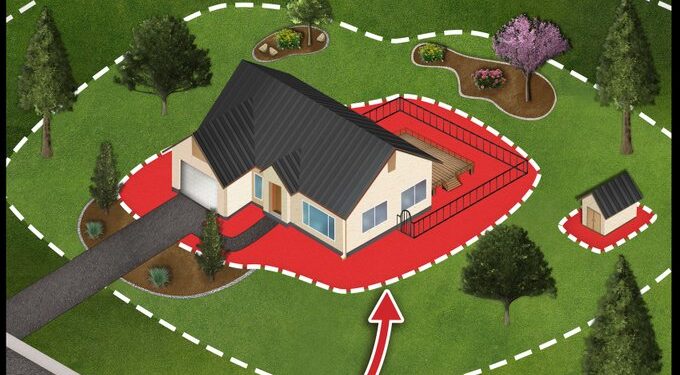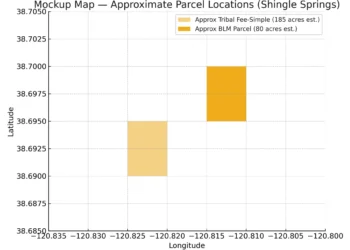Creating Defensible Space: A Critical Measure Against Wildfires
In the face of escalating wildfire risks, recent research underscores the crucial role of defensible space in safeguarding homes. Establishing a noncombustible buffer of at least five feet around residential structures emerges as a frontline defense, significantly enhancing the prospects of survival during wildfire onslaughts.
This strategic perimeter, often referred to as Zone 0, acts as a shield against the encroachment of flames propelled by wind-blown embers or radiant heat. By extending five feet from each building or attached deck, it forms a barrier that impedes the progress of wildfires towards homes.
Key steps in creating this defensible space include the removal of combustible materials within the designated zone. Bark, wood fencing, and other potential fuel sources for sparks are substituted with noncombustible alternatives, fortifying the perimeter against ignition.
The importance of such preemptive measures cannot be overstated, particularly as climate change exacerbates wildfire frequency and intensity. With wildfires becoming increasingly unpredictable, proactive measures like creating defensible space offer homeowners a tangible means of protecting their properties and loved ones.
For comprehensive guidance on fortifying your home against wildfires and preparing for such emergencies, valuable resources are available at ReadyforWildfire.org. Amidst the mounting threat of wildfires, fostering resilience through informed action remains paramount in safeguarding communities against the ravages of nature’s fury.










